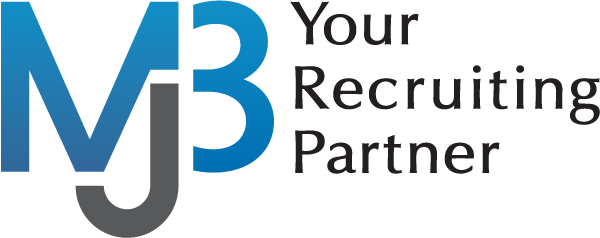Job searching can be a frustrating process, and just when you’ve crafted that perfect resume that’s sure to impress, you realize that you need a killer cover letter, too. Every Sherlock needs a Watson, and in the job-search world the cover letter is your resume’s Watson – a smart sidekick that elevates its game. It can be a bit tricky trying to pack all your enthusiasm and talent into a few brief paragraphs, but by following some simple guidelines it can be done. Whether it’s being sent the old-fashioned way as a formal letter, or more casually as an email, treat your letter seriously. So before hitting “Send” on that blank email that simply says “resume attached” with a job reference number in the “Subject” field, take a look at the following tips for drafting an effective cover letter:
- If at all possible address it to the person doing the screening and/or hiring as opposed to a cold “to whom it may concern” introduction. Proper grammar and spelling are a must. The letter should be very clear and polite, and as brief as possible (no one has the time or interest to read your life story). If you are actually putting your letter and resume in the mail, use a standard business letter format (you can google it if you don’t know how to do this). If it’s an email, structure it neatly with proper spacing and paragraph breaks. Proofread, proofread, proofread, or have someone proofread for you.
- The cover letter is a brief introduction to you and the tremendous value you can bring to the organization, so don’t be humble. Infuse some personality, and by all means express interest and enthusiasm for the company, the position, the industry, whatever – as long as you grab their attention in a positive way. Highlight a few key things about yourself that will display what you bring to the table and how you can contribute to the company.
- Use the letter as an opportunity to explain yourself if need be. As detailed as a resume may be, there are some things such as gaps in employment that are very hard to represent in a standard resume format. Use the cover letter to clarify anything on your resume that might be unclear or seem incomplete to the reader.
- Drop names if you have them. If a friend referred you to this particular company or person, be sure to mention that right away. Networking has helped millions of people obtain jobs, and referencing a mutual acquaintance is a great way to establish an immediate familiarity and trust.
- Don’t undermine yourself by over-explaining the negatives. If you’re changing careers or if your experience in the field is limited, don’t highlight the skills you lack. For example: If you’re a nurse who’s trying to transition into pharmaceutical sales, avoid saying things like, “Although I’ve never worked in pharmaceutical sales…” Instead put a positive spin on the career shift by saying something like, “My medical knowledge and years of intensive, hands-on experience as a critical care nurse will give me a fresh perspective and unique advantage…”
Express gratitude and conclude with confidence and optimism. Always be polite and respectful with your words, but convey the idea that you really want the job. Wrap it up by saying something like, “Thank you for your consideration,” or “I greatly appreciate your time.” Add a touch of confidence by adding that you “look forward to meeting in person” or something to that effect.
End with a simple closing such as “sincerely,” or “respectfully,” and your name. Don’t forget contact information in case the letter somehow gets separated from the resume.
Your cover letter doesn’t need to be fancy, in fact too much information or flowery language will probably work against you. Be brief, clear, and enthusiastic, and always keep it organized and clean. Sticking to these guidelines should yield you a simple but effective cover letter that will leave a great first impression. As Sherlock Holmes would say, “It’s elementary, my dear Watson.”
